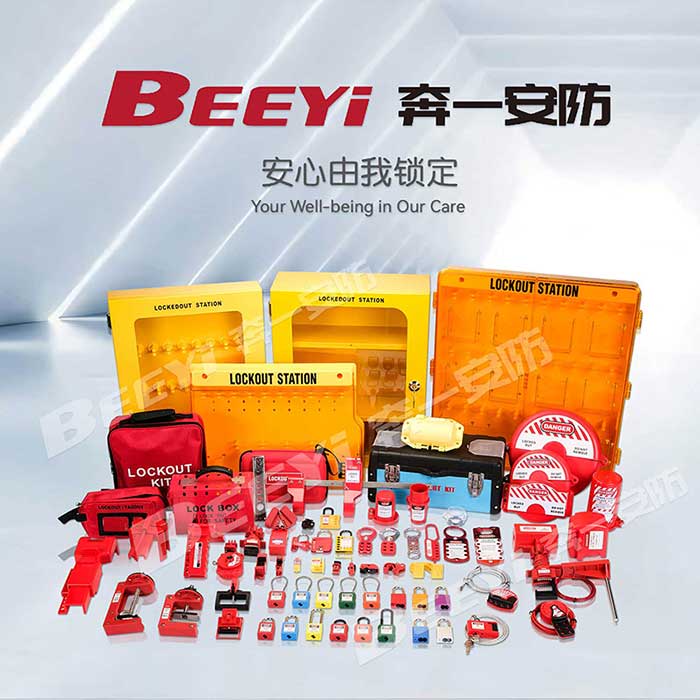In industrial settings, ensuring the safety of workers during maintenance and repair procedures is of paramount importance. One of the key tools for maintaining a safe working environment is the use of pneumatic lockouts. These devices play a crucial role in isolating pneumatic systems, preventing the unintended release of pressurized air that could cause injury. However, like any piece of safety equipment, pneumatic lockouts require proper technical support to function efficiently. This article explores the significance of pneumatic lockouts, their types, and the technical support services essential for their optimal operation.

What Are Pneumatic Lockouts? Pneumatic lockouts are safety devices designed to isolate and secure pneumatic systems, preventing the accidental release of pressurized air during maintenance or service. In industries where pneumatic equipment is commonly used, such as manufacturing, construction, and heavy machinery operations, lockout/tagout (LOTO) procedures are vital for preventing injuries caused by accidental machine startup. Pneumatic lockouts are typically installed on valves or other points in the system that control the airflow, ensuring that workers can work safely without the risk of air pressure being released unexpectedly.